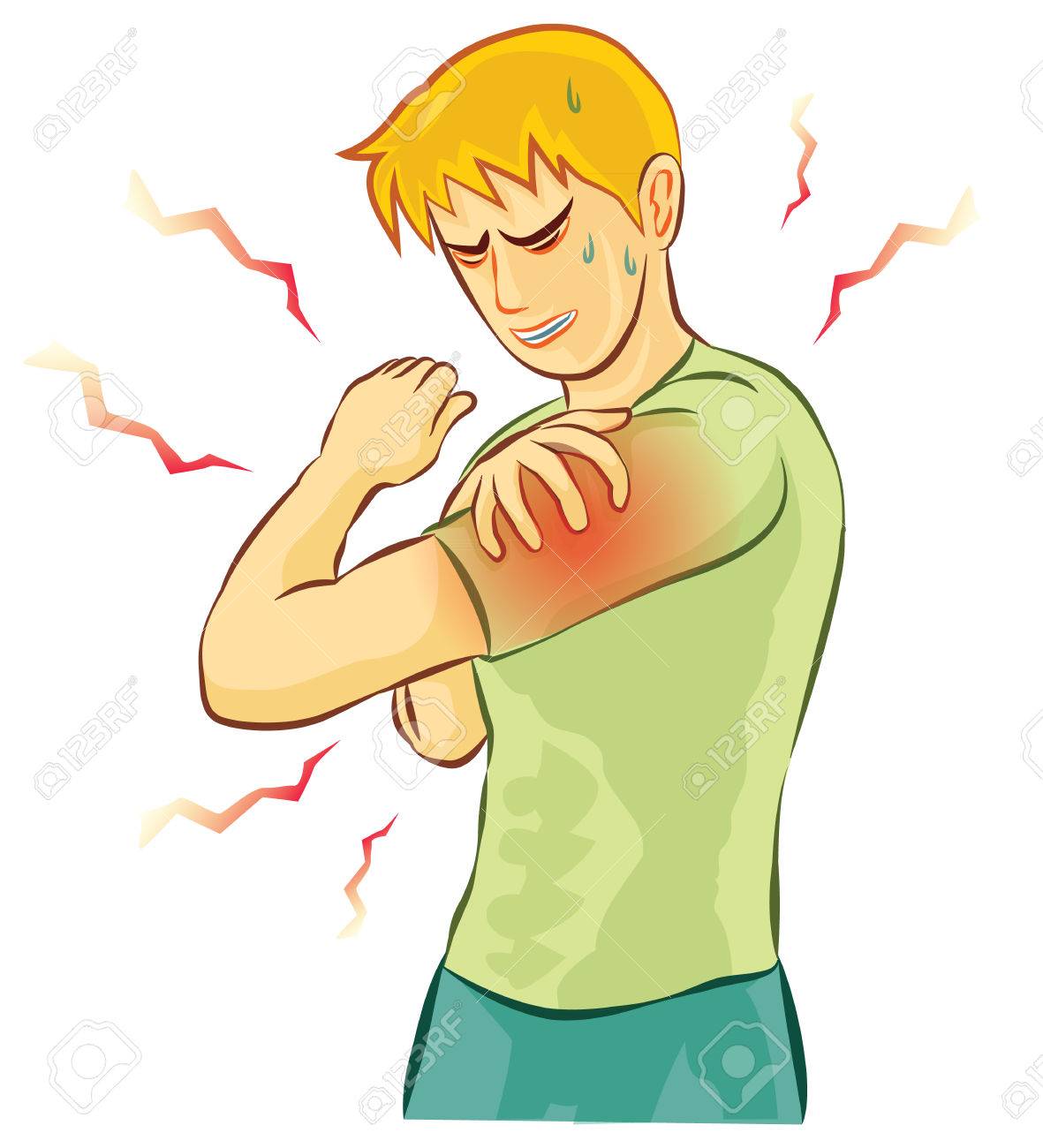When we exercise, we expose our muscles & other tissues to stress. During post workout recovery, our tissues rebuild & make neuromuscular changes that aids exercise performance. These changes are collectively known as Adaptations. Inflammation is said to play an important role in adaptation to muscle during the recovery process. For instance, Inflammation leads to remodelling muscle tissue & promotes hypertrophy that aids in muscle size growth & increase in strength. If you have experienced muscle soreness within 24 to 72 hours of high intense workout, it is because of delay onset muscle soreness(DOMS) which ultimately results in recovery & strengthening of muscle tissue. Doing the same exercise overtime results in reduced inflammation & quick recovery each time. This is referred to as deep bout effect & ultimately leads to reduced expression of pro-inflammatory genes & increased expression of anti-inflammatory genes
This belongs to a group of molecules called cytokines that facilitates communication between cells. So the question arises what are cytokines? Cytokines are a large group of proteins, peptides or glycoproteins that are secreted by specific cells of the immune system. They are signalling molecules that regulate immunity & inflammation. Cytokines are good when they stimulate the immune system to fight against pathogens or attack tumors.
Lot of us have obscure knowledge about inflammation! So let us discuss this briefly. Inflammation is the body’s protective response to tissue injury, infection, harmful bacteria & pathogens. It includes increase in blood flow & recruitment of immune cells to remove pathogens, prevent further damage of tissues & promote healing. Acute inflammation is a short term response to tissue injury & is characterised by specific signs which include,
- Warmness & redness of certain tissue( caused by increase in blood flow)
- Swelling
- Pain
- Loss of function( temporarily reduction in muscle strength)
Acute inflammation as a short term response to tissue injury is beneficial since it helps in clearing pathogens/harmful agents & leads to tissue healing. Mild inflammation is beneficial from point of view of post workout recovery. However inflammation that persists & stays for a longer period of time, also known as, chronic inflammation leads to tissue damage.
TNF-α or tumour necrosis factor alpha is a pro-inflammatory cytokine which promotes inflammation. During an inflammatory response, TNF-α is released by white blood cells & acts to stimulate the production of other inflammatory molecules & attract other immune cells to place of tissue injury.This is highly involved in diseases that are caused by excessive inflammation such as inflammatory bowel disease.
As discussed above, although some inflammation is necessary for muscle recovery, prolonged/ chronic inflammation can lead to muscle damage, prolonged recovery time & impair healing of muscle tissues,
Muscle damage resulting from exercise consists of:
- First phase involves stress to muscle during exercise
- Second phase involves delayed inflammatory response that occurs after the workout is stopped.
Strenuous exercise involving eccentric muscle contraction is said to stimulate inflammation in the second phase. Eccentric muscle contraction involves contraction during muscle lengthening
Increased production of TNF-α may result from excessive inflammation following eccentric exercise. Besides TNF-α stimulates catabolic pathways that break down muscle protein & inhibit muscle protein synthesis. Both these impacts can delay recovery & regeneration of muscle tissues post exercise.
TNF-α is coded by the TNF gene. Variant of this gene influence the expression of TNF-α leading to increased risk of excessive inflammation post exercise. Here expression refers to switching on of genes & production of their protein products. Therefore increased expression of TNF gene will lead to TNF-α within the tissues. “ A” allele of TNF gene is associated with increased expression of TNF-α & higher level of TNF-α within tissues. Carrying one or two copies of “ A” allele is said to result in poor exercise performance & reduced improvements in response to physical training. Therefore higher levels of TNF-α are related to excessive inflammation & may lead to muscle damage.
Discover your personal traits & learn about your specific genetic predisposition to muscle damage. By subscribing to our membership & personalised fitness programs, you will not only receive information about genetic response to various aspects of nutrition & fitness but also be coached by an international fitness coach who will cover both genetics powered nutrition & exercise aspects of the program that will help you maximise your fitness potential & improve your mental health. Sign up for our membership here.
